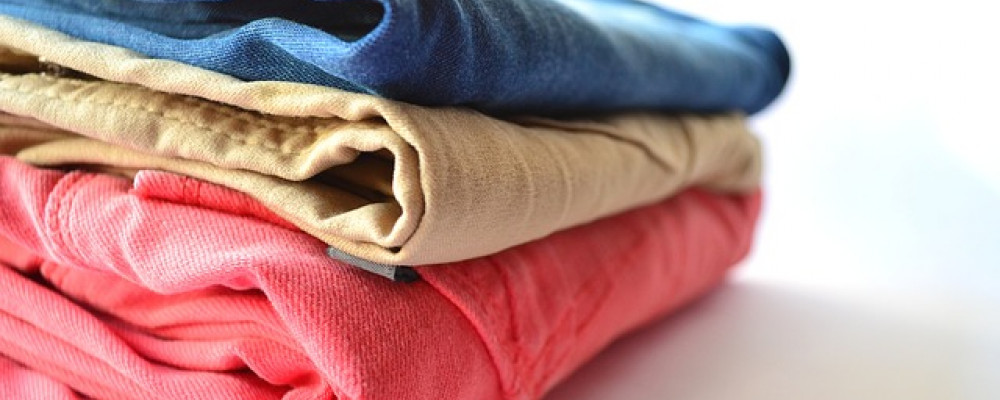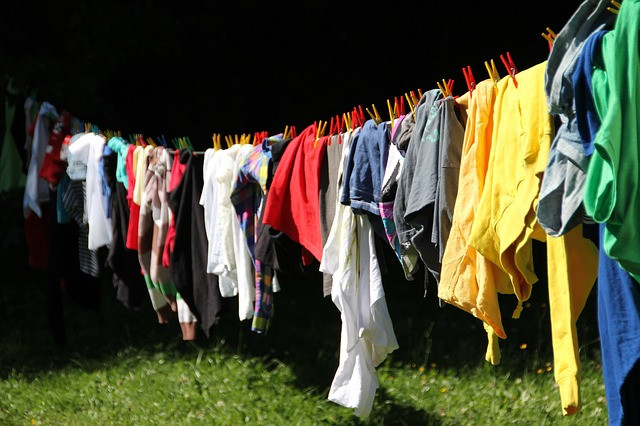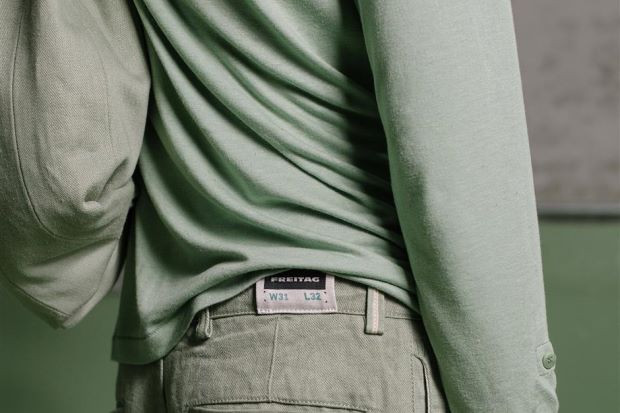
Garment Washing: Stop Your Designs Destroying The Earth
In my previous article I discussed the environmental impact of washing clothes. From causing chemical pollution, to energy and resource wastage, the list is long and worrisome. Now, let's look at what steps can lessen this environmental impact. Both the consumer and the designer can hugely reduce the damage we do to the environment, and here is how.
#Design #Solutions For# Lessening The# Environmental #Impact Of#Garment #Washing

Consumers & Their Role

This article by Dr Kate Fletcher on her Lifetimes project, tells us that the greatest environmental impact of a piece of clothing is while it is in the hands of the consumer. The frequency with which a garment is laundered, the energy used and the chemicals used to clean it, are just some of the factors that contribute to this damage.
Changes At Home
Adopting an earth-friendly laundry regime is the first step to reducing environmental damage. Simple solutions suggested on the Green Living Tips website, include washing full-loads, using the correct wash cycle and choosing greener pre-wash alternatives for stain removal. Switching to an energy-efficient washing machine, that uses less water and energy per load of laundry is also advisable. Our energy consumption is significantly lowered, when we wash clothes in cold water, and when we use line-drying instead of tumble drying. In Europe alone, if every household turned its washing temperature down to 30°C, we could save 12 million tons of CO2 a year.
The other important aspect is cutting chemical pollution. You can use concentrated and bio-degradable detergents. Other suggestions are to avoid ironing unless absolutely necessary and wearing clothes as many times as possible, before giving them a wash.
The Concept of Clean
While reducing the frequency of washing is undoubtedly a sustainable option, our concepts of cleanliness may limit the practicality of this solution. Tullia Jack, in her write-up, “The dirt on Clothes: why washing less is more sustainable”, says that we have a preoccupation with cleanliness. This is mainly attributed to the technological and product developments in this sphere, which encourage us to wash our clothes more often than is actually necessary.
Kate Fletcher's research on the environmental impact of textiles supports this idea. She mentions that while durable and no-wash clothes are the sensible choice, they are unacceptable to many.
This is where textile designers can influence the consumer, by engaging their image of cleanliness appropriately. Let us look at how this is possible.
Your Role As A Designer

Tullia Jack decided to find out what would happen if clothes were washed less often. She conducted a three-month study with 31 participants who wore the same jeans for five days a week, without washing between uses. The outcome was that neither did the jeans look dirty, nor did they smell offensive. This tells us that social norms on cleanliness, make us believe that frequent washing is necessary to look and feel presentable. However, the truth is that we needn't wash our garments more often than when they are actually soiled, to be clean.
As designers, you can work towards changing this perception of cleanliness by trying to influence consumers. One way to do this is to design garments that are resistant to odour and soiling. Fletcher suggests garments that have stain blocking coatings and deodorising fibres to control germ growth. Did you know that most natural fibres have odour resisting properties - check out my series on wool to read more about this.
Another recommendation is to choose fibres that wash well at normal temperatures. When you do this, it is also necessary to educate your customer of this property of the garment, as most people sort laundry based on colour, and not material. Dr Fletcher also suggests modular design, where the garments have detachable parts so only the soiled areas have to be washed.
Projects Targeting Minimum Wash Garments

Many designers have already pioneered sustainable designs by targeting minimum washing. F-ABRIC by the Swiss company Freitag, has taken sustainability to new heights through its range of hard-wearing, biodegradable material. Their clothes can simply be thrown into the garbage pile after use, to decompose naturally. Find out more in this article on the Guardian. The company also owns the patent for reusable buttons, that can be unscrewed off an existing garment and used elsewhere. Additionally, Freitag has a collaboration project, Algaemy, with Blond and Beiber. This innovative project uses micro algae to produce eco-friendly fabric dye that is unique in its property to change colours over time.

Another clothing company, Wool & Prince, used Kickstarter to fund production of a button-down shirt, which is low maintenance and odour-free. The shirt is made from sheep wool, that is specially processed to make it soft, flat, wrinkle resistant and odour resistant. The company owner, Mac Bishop, tested the success of the design, by wearing the shirt for one hundred days in a row without washing!

The trend for raw denim with brands like Nudie shows a growing acceptance of 'less washing'. The longer you go without washing your jeans the more character they have. There are whole online communities like Rawr Denim full of hints and tips for maintaining your unwashed denim. Which just goes to know it is something consumers can get on board with!
These examples inspire us to consider how we can make efforts in this direction to create products that are sustainable, through minimum laundering requirements. If more designers target this goal, consumers will also adapt to the concept. Together, we can make significant strides in helping the environment by minimizing garment washing and restore the ecological balance that garment washing has disrupted.
If you like these articles, then please do sign up to our monthly newsletter. You can tweet the article using the tweet buttons throughout the article and below.
How can you #change the #washing #habits of your #customers?

#Consumers can #adapt to #washing their #clothing less

